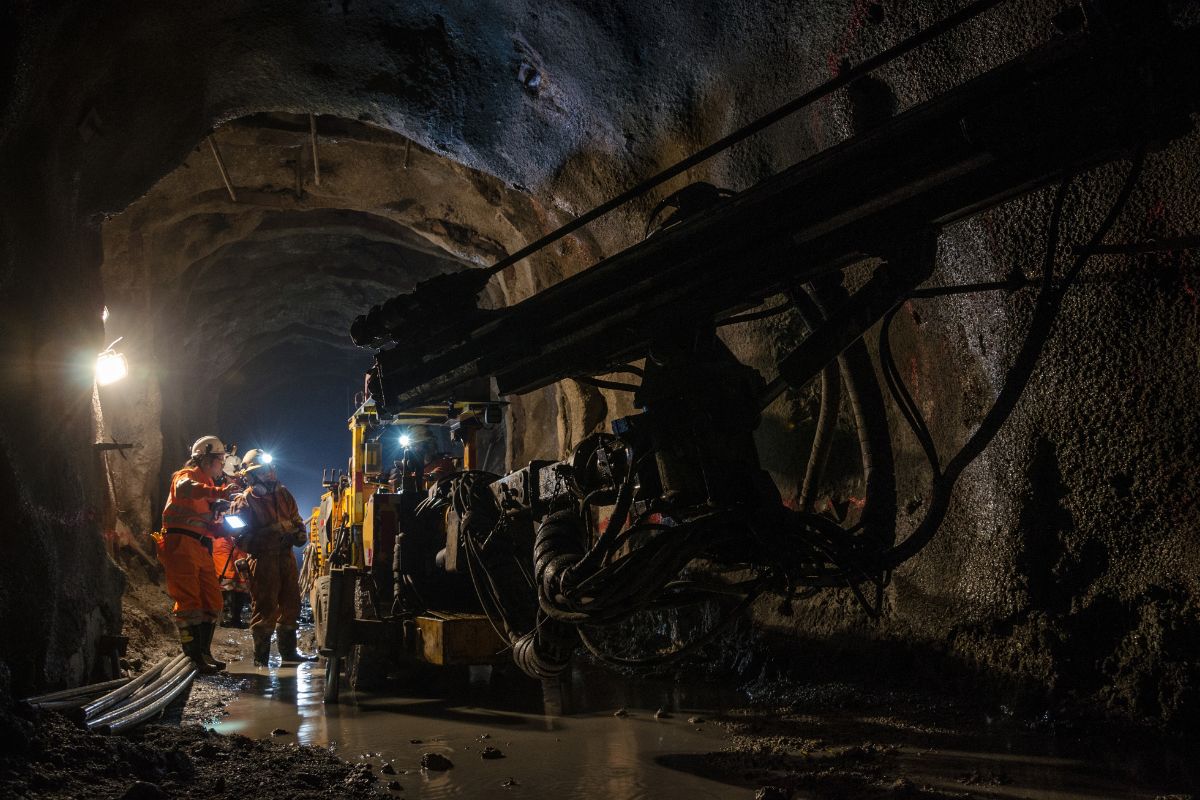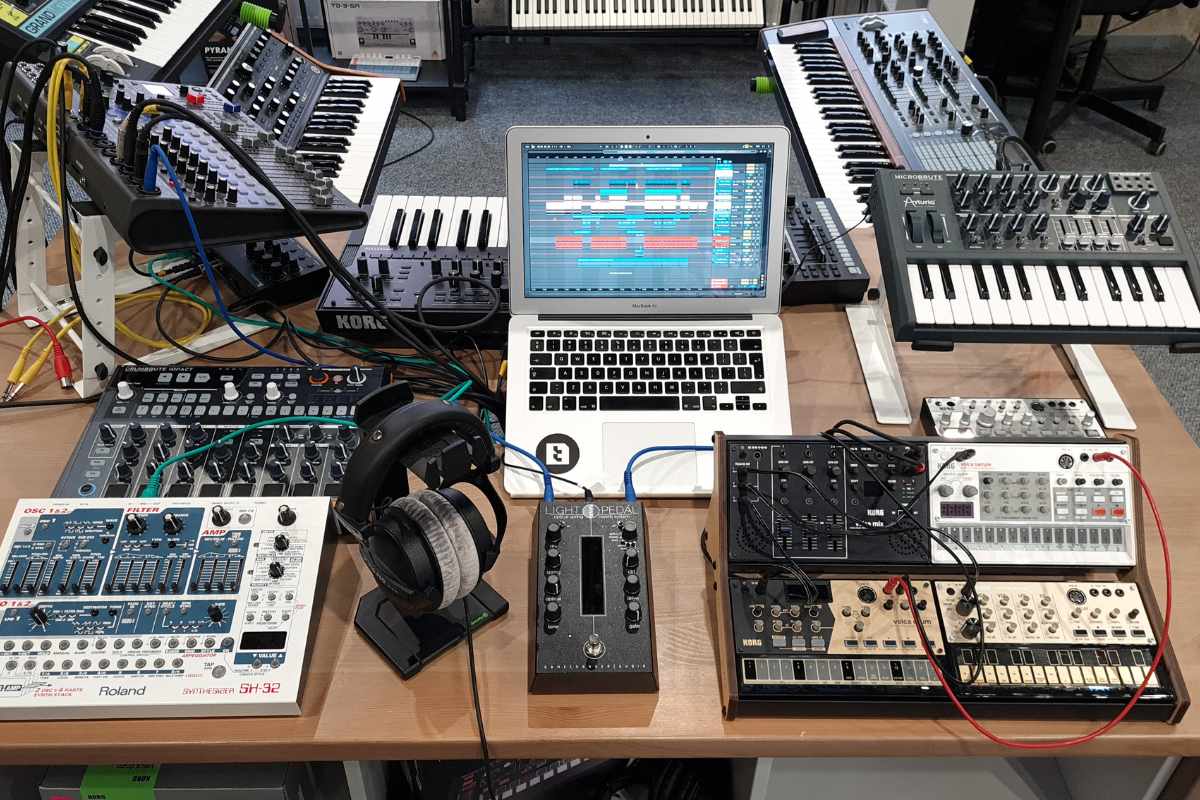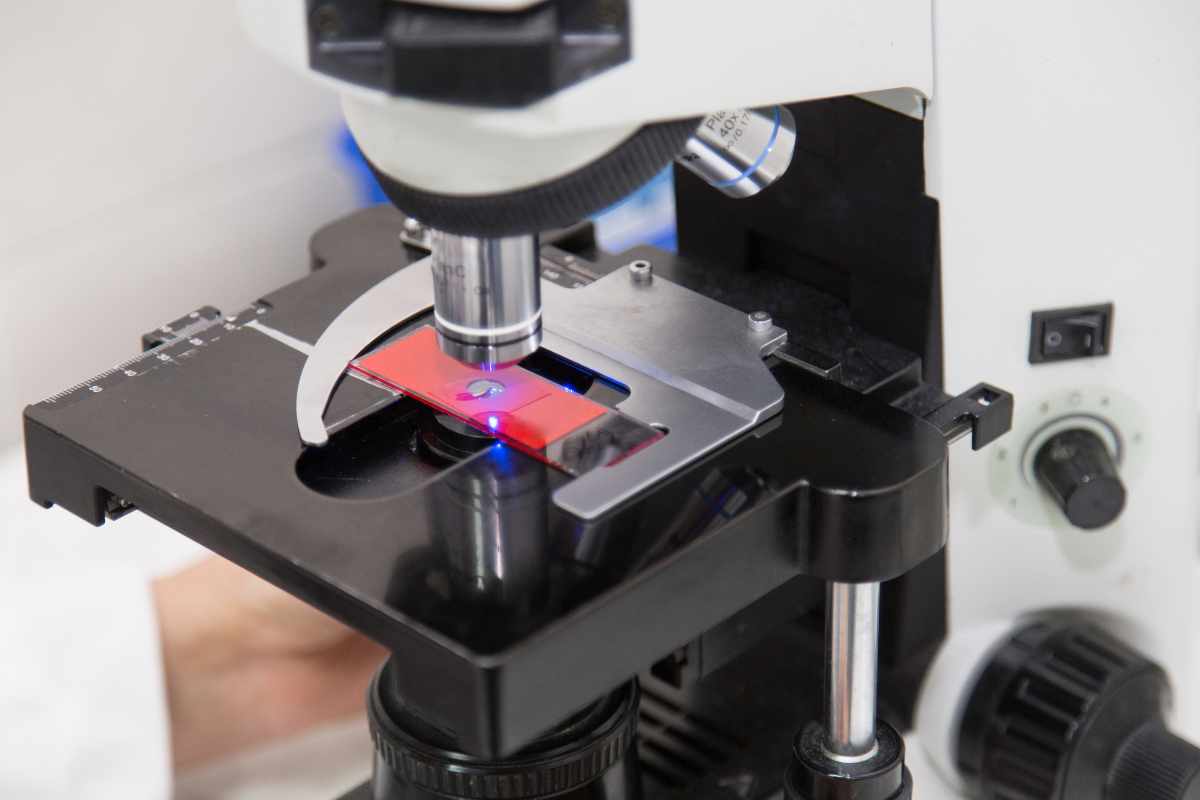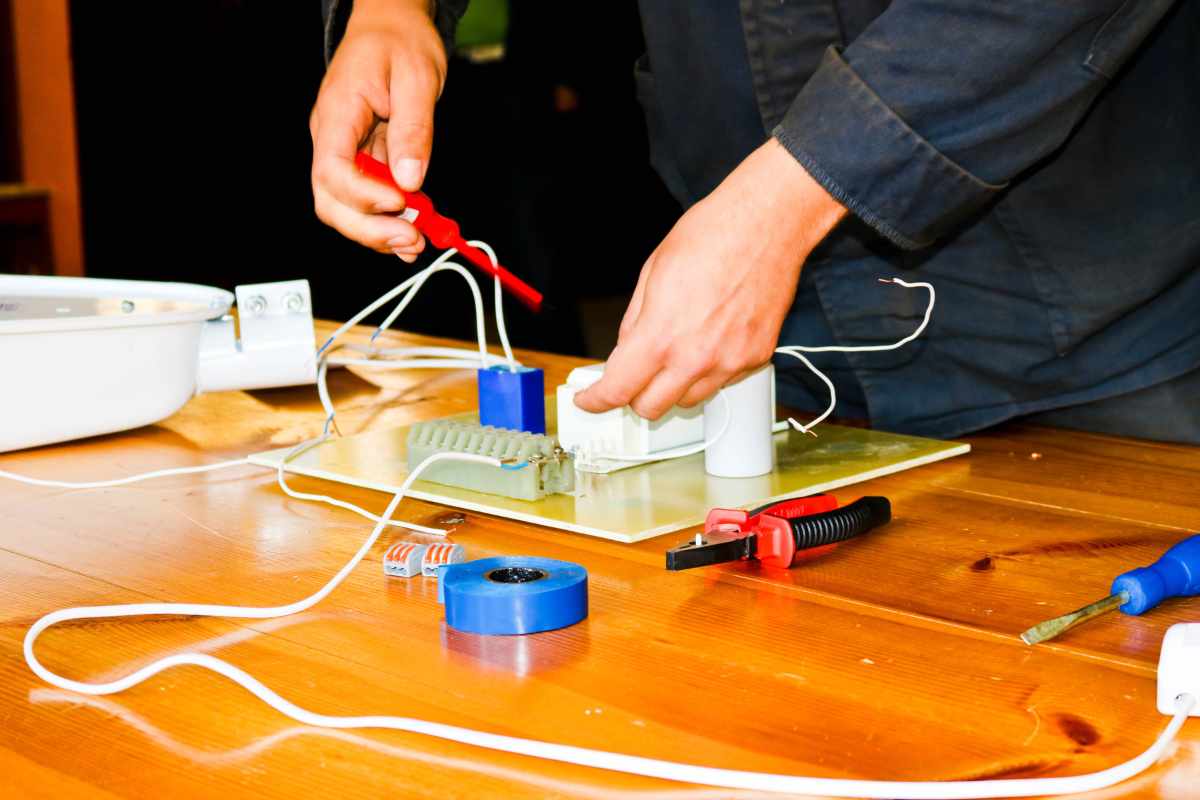Introduction
Mining and industrial operations are the backbone of modern civilization, driving the production of essential materials and goods that fuel global economies. From the extraction of raw minerals to the manufacturing of finished products, these industries play a crucial role in various sectors, including construction, technology, and energy.
In this article, we will delve into the intricacies of mining and industrial operations, exploring their significance, challenges, and the innovations that are shaping their future:
Additionally, we will examine the role of specialized equipment, such as submersible pumps, in enhancing the efficiency and safety of these operations.
The Importance of Mining and Industrial Operations
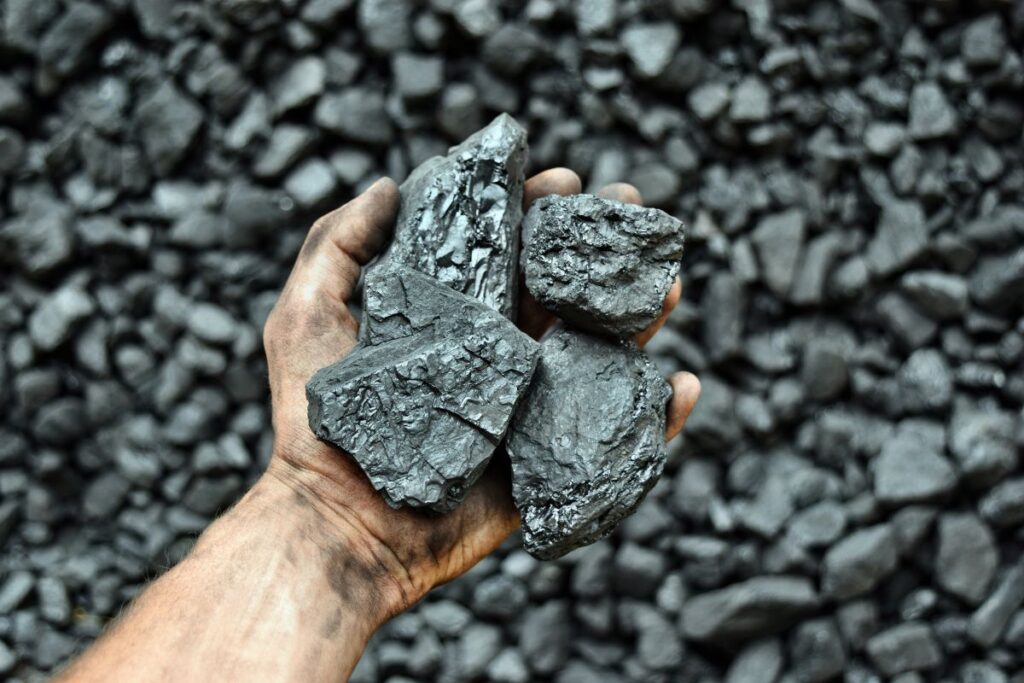
Mining and industrial operations are integral to the production of a wide range of materials, from metals and minerals to chemicals and textiles. These operations not only supply raw materials for various industries but also contribute to the global economy by providing jobs and fostering economic growth. The demand for resources such as coal, iron ore, copper, and rare earth elements continues to rise, driven by the expansion of industries like construction, electronics, and renewable energy.
In addition to their economic significance, mining, and industrial operations also have a profound impact on the environment. The extraction and processing of raw materials can lead to environmental degradation, including deforestation, soil erosion, and water pollution. As a result, there is a growing emphasis on sustainable practices within these industries, with companies increasingly adopting measures to minimize their environmental footprint.
Challenges Facing Mining and Industrial Operations
Despite their importance, mining and industrial operations face a number of challenges that can hinder their efficiency and profitability. One of the primary challenges is the depletion of easily accessible resources. As high-quality deposits become scarcer, companies are forced to explore and extract minerals from more remote and difficult-to-access locations. This not only increases operational costs but also raises safety concerns, as workers are exposed to more hazardous environments.
Another significant challenge is the fluctuating prices of raw materials. The global market for commodities is highly volatile, with prices subject to sudden changes due to factors such as geopolitical tensions, changes in demand, and economic downturns. This volatility can make it difficult for companies to plan long-term investments and can lead to financial instability.
Furthermore, mining and industrial operations are subject to stringent regulations aimed at protecting the environment and ensuring worker safety. Compliance with these regulations can be costly and time-consuming, requiring companies to invest in new technologies and processes. Failure to comply can result in hefty fines and damage to a company’s reputation.
The Role of Submersible Pumps in Mining and Industrial Operations
Submersible pumps are a critical piece of equipment in mining and industrial operations, particularly in scenarios where water management is essential. These pumps are designed to operate underwater, making them ideal for dewatering applications in mines, construction sites, and industrial facilities. By efficiently removing water from work areas, submersible pumps help to maintain safe and productive working conditions, preventing flooding and minimizing downtime.
In mining operations, submersible pumps are often used to drain water from underground mines, open-pit mines, and tailings ponds. Water accumulation in mines can pose a serious risk to workers and equipment, leading to potential accidents and delays. Submersible pumps help to mitigate these risks by continuously pumping water out of the mine, allowing operations to proceed smoothly.
In industrial operations, submersible pumps are used in a variety of applications, including wastewater treatment, cooling systems, and chemical processing. These pumps are capable of handling liquids with high levels of solids and corrosive chemicals, making them versatile tools for industries such as oil and gas, chemical manufacturing, and food processing.
Innovations in Mining and Industrial Operations
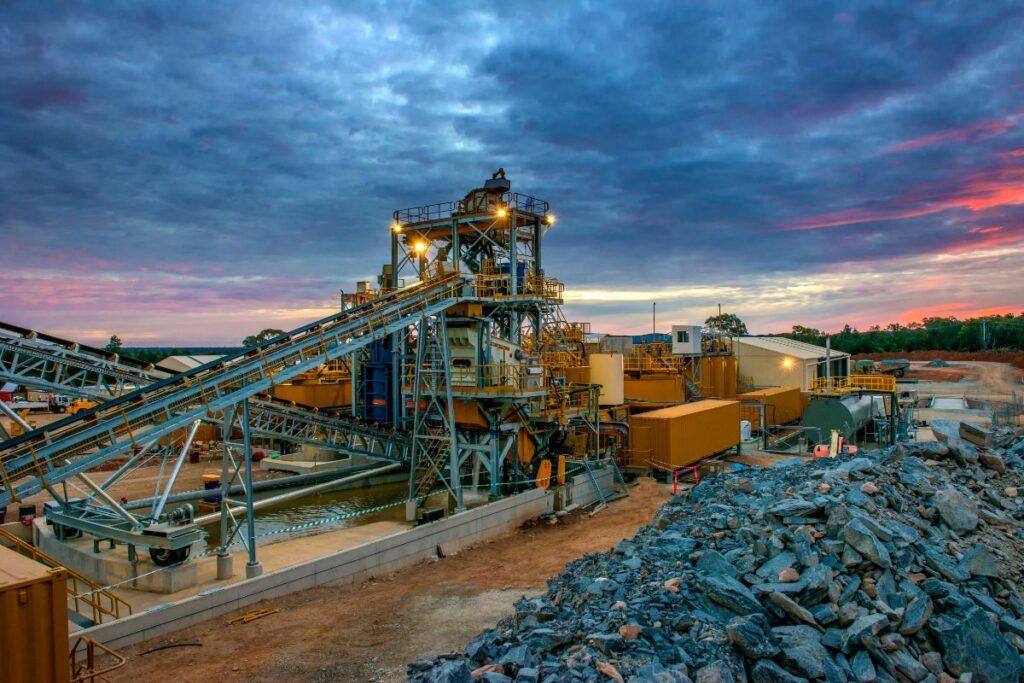
The mining and industrial sectors are constantly evolving, with new technologies and innovations being developed to address the challenges they face. One of the most significant trends in recent years has been the adoption of automation and robotics. Automated equipment, such as autonomous haul trucks and drilling rigs, are being used to increase efficiency and reduce the need for human labor in hazardous environments. These innovations not only improve productivity but also enhance worker safety by minimizing their exposure to dangerous conditions.
Another area of innovation is the use of data analytics and artificial intelligence (AI) in mining and industrial operations. By analyzing large volumes of data, companies can gain valuable insights into their operations, allowing them to optimize processes, reduce costs, and improve decision-making. AI-powered systems can also predict equipment failures and maintenance needs, helping to prevent costly downtime and extend the lifespan of machinery.
Sustainability is also a key focus of innovation in mining and industrial operations. Companies are increasingly adopting green technologies and practices to reduce their environmental impact. For example, renewable energy sources such as solar and wind power are being integrated into mining operations to reduce reliance on fossil fuels. Additionally, advancements in recycling and waste management are helping to minimize the environmental footprint of industrial activities.
The Future of Mining and Industrial Operations
The future of mining and industrial operations is likely to be shaped by a combination of technological advancements, regulatory changes, and shifts in global demand for raw materials. As the world transitions to a low-carbon economy, the demand for certain minerals, such as lithium and cobalt, is expected to rise significantly. These materials are essential for the production of batteries and other components used in electric vehicles and renewable energy systems.
At the same time, there is likely to be increased scrutiny of the environmental and social impacts of mining and industrial operations. Companies will need to adopt more sustainable practices and demonstrate their commitment to corporate social responsibility in order to maintain their social license to operate. This may include investing in cleaner technologies, reducing carbon emissions, and engaging with local communities to address their concerns.
In terms of technology, the integration of digitalization and automation will continue to play a key role in transforming mining and industrial operations. The use of advanced sensors, drones, and remote monitoring systems will enable companies to operate more efficiently and safely, while also reducing costs. Furthermore, the development of new materials and processes, such as 3D printing and advanced manufacturing techniques, has the potential to revolutionize the industrial sector.
Case Study: Submersible Pumps in Mining
To better understand the impact of submersible pumps on mining operations, let’s explore a real-world case study. In a large-scale gold mining operation located in a remote area, managing water levels was a critical challenge. The mine was prone to heavy rainfall, leading to water accumulation in the open-pit mine and underground tunnels. This not only threatened the safety of workers but also disrupted the extraction process.
To address this issue, the mining company invested in a series of high-capacity submersible pumps designed to operate in harsh conditions. These pumps were strategically placed at various points in the mine to continuously remove water and prevent flooding. The result was a significant improvement in operational efficiency, as the pumps allowed mining activities to continue uninterrupted, even during heavy rain.
The use of submersible pumps also contributed to a safer working environment by reducing the risk of water-related accidents. The pumps’ robust design and ability to handle abrasive and corrosive fluids ensured their longevity, reducing the need for frequent maintenance and replacement.
Environmental Considerations in Mining and Industrial Operations
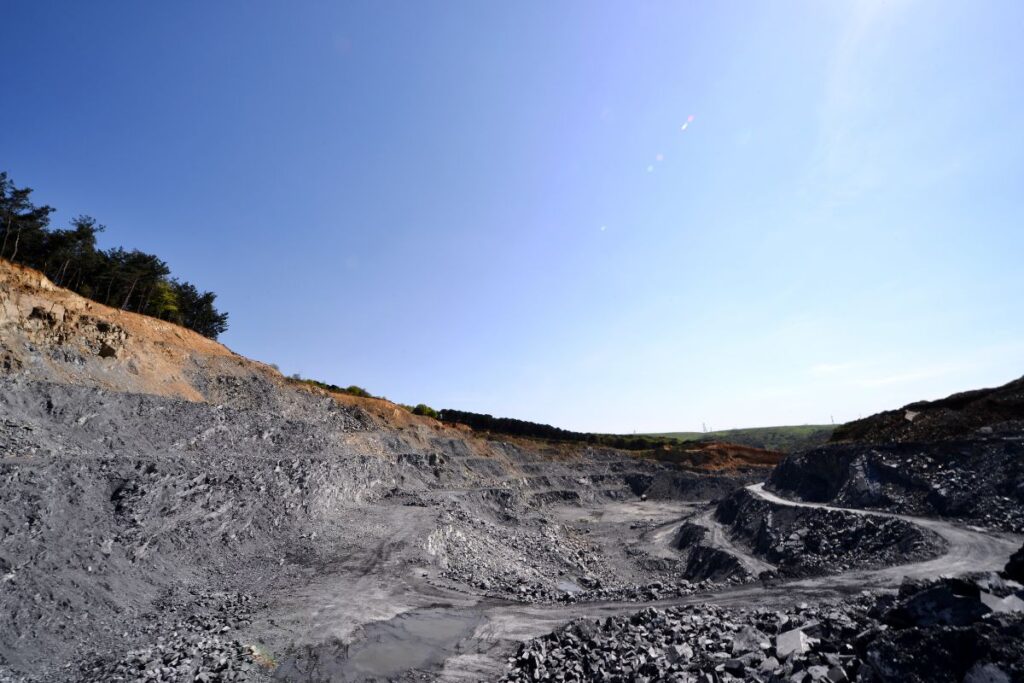
While mining and industrial operations are essential for economic development, they also have the potential to cause significant environmental harm. The extraction of raw materials can lead to deforestation, loss of biodiversity, soil degradation, and pollution of air and water resources. Industrial activities, such as manufacturing and chemical processing, can result in the release of hazardous substances into the environment, posing risks to human health and ecosystems.
To mitigate these impacts, companies are increasingly adopting sustainable practices and technologies. For example, the use of submersible pumps in water management helps to prevent contamination of water bodies by ensuring that wastewater is properly treated and disposed of. Additionally, the implementation of closed-loop systems in industrial operations can reduce the consumption of water and other resources, minimizing waste generation.
Another important aspect of environmental management in mining and industrial operations is the rehabilitation of sites after operations have ceased. Companies are required to restore mined areas to their natural state, which may involve replanting vegetation, rebuilding habitats, and ensuring the stability of landforms. This not only helps to preserve the environment but also fosters positive relationships with local communities and stakeholders.
Conclusion
Mining and industrial operations are fundamental to the production of the materials and goods that underpin modern life. However, these industries face a range of challenges, from resource depletion and market volatility to environmental and safety concerns. By embracing innovation, adopting sustainable practices, and leveraging specialized equipment like submersible pumps, companies can overcome these challenges and continue to thrive in an increasingly competitive and regulated environment.
As the world moves towards a more sustainable and technologically advanced future, the role of mining and industrial operations will continue to evolve. Companies that are able to adapt to these changes, while maintaining their commitment to safety and environmental stewardship, will be well-positioned to succeed in the years to come.

